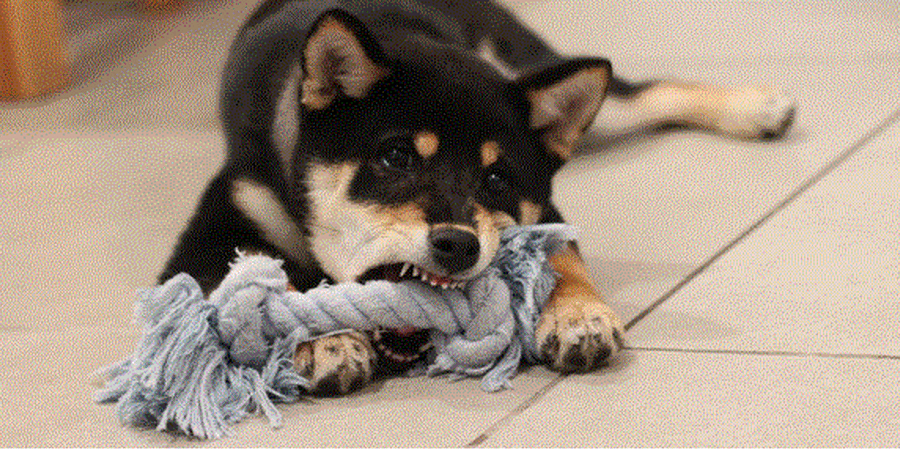Philadelphia, PA - About 4.5 million people are bitten by dogs every year in the United States alone. While this number might initially seem shockingly high, it is relative considering how many households have pets.
Dog Bite Wound Care Tips:
That said, if a dog has bitten you, it's imperative to contact a dog bite lawyer instead of attempting to navigate the legal venture on your own. Avoiding legal representation often jeopardizes the case; even if you have enough evidence, if the defendant is relying on an expert attorney, you probably won't stand a chance.
You will need to prepare for the consultation by gathering evidence and recording the incident. With this, the more evidence you have, the stronger your case will be. So, include witness reports, dated photographs of the incident, doctor reports, and anything else that might be of relevance.
While an expert attorney handles your claim and ensures you receive compensation, we've listed a few dog bite wound care tips to help you through the recovery.
Stop The Bleeding
Dog bite wounds can be pretty gruesome; these wounds are never clean cuts. The skin will typically be broken and torn. And if the injury is severe, profuse bleeding is a concern. Controlling the bleeding is also the most crucial step of dog bite wound care; excessive blood loss is exceptionally concerning.
The best way to stop the bleeding is to apply pressure to the area; use a clean cloth or towel to do this. Furthermore, you should also attempt to lift the wounded area above the heart to slow bleeding in severe cases. If the bleeding does not slow within fifteen minutes, it's best to seek medical attention.
Clean The Wound
Once the bleeding has subsided a bit, you must now clean the wound. This step is essential. However, in severe cases, it's best to control the bleeding while heading to a hospital or waiting for an ambulance; it's not suitable to care for severe wounds at home.
But, if the wound is not severe, you should clean the bite using warm water mixed with a bit of soap. The best approach is to raise the area by pouring the water on the wound. Next, rinse the soap water away with clean, warm water. Furthermore, a saltwater solution is also suitable for cleaning the bite wound.
Dry And Cover The Wound
Now that the wound is clean, you will need to cover the area to prevent infections. It's also worthwhile to apply an antibiotic ointment onto the wound site before covering it with dressing. But, if using antibiotic ointment is painful, you can apply the antibiotic to a clean gauze and then apply the gauze to the wound before gently securing the gauze with a bandage dressing.
Cleaning The Wound
Dog bite wound care is not a one-time effort; you will need to keep the wound clean over time by changing the dressing. The most suitable dressing will be breathable. Furthermore, the dressing must not be applied too tight; this will prevent blood circulation and slow healing while also bringing about quite a bit of discomfort.
The dressing must be replaced daily for the first week. When replacing the dressing, you must repeat the steps of applying antibiotic ointment. Changing the wound dressing is essential for preventing infections. Because infections will slow healing and substantially add to skin damage and scarring, cleaning the wound is vital.
Identifying An Infection
Even if you take all the steps to prevent infection, it's still essential to identify an infection. Luckily, it's pretty easy to spot a wound infection early on.
If you notice the wound area is more red, inflamed, feeling hot, or you notice any pus, you need to see a doctor as soon as possible. But with that said, it's wise to visit the doctor anyway. If you are unsure if the canine has rabies or any other type of health concern, medical care is essential.
If a dog has bitten you, it's imperative to treat the wound and apply steps to prevent infections. But with that said, it's also important to seek compensation from the dog's owner. Unfortunately, not doing this can ultimately put someone else in danger of an attack.
During the lawsuit, the dog's owner will be forced to implement measures to prevent their canine from attacking again. So, if you are thinking about overlooking the incident and avoiding a lawsuit, consider the potential harm you might be placed on another individual or child.


